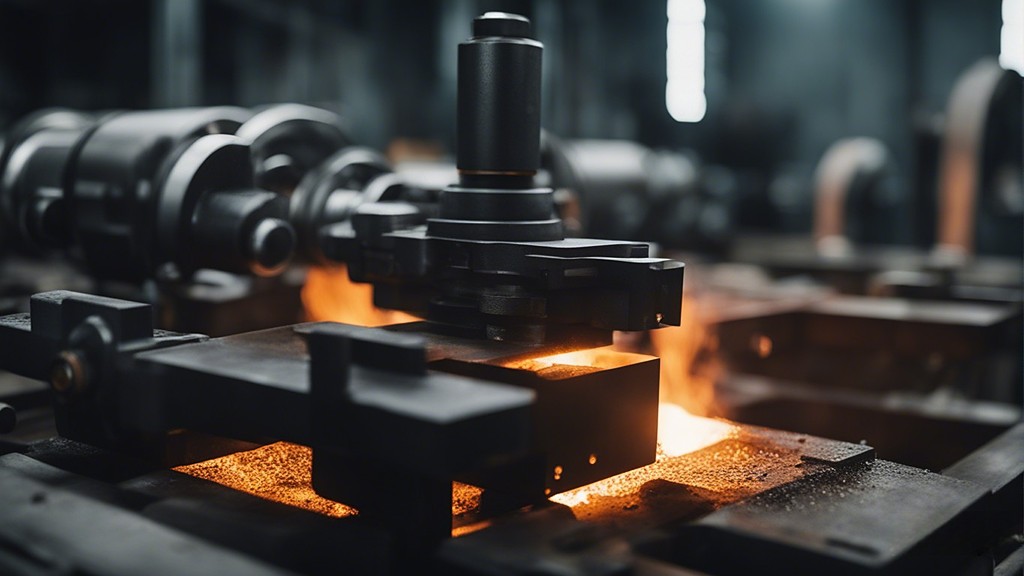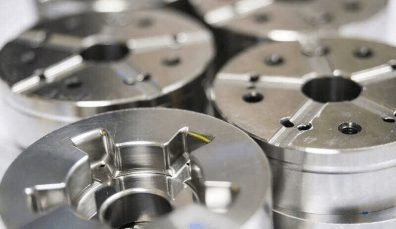Cold forging, a crucial metalworking process, is used to deform metals at room temperature, rendering intricate shapes without the need for melting or cutting the workpiece. This method results in enhanced strength, improved dimensional accuracy, and better surface finish, bringing an array of benefits to various industries such as automotive, aerospace, and electronics.
However, optimizing the cold forging process requires strategic planning and a comprehensive understanding of the underlying principles. Here, we will discuss five effective ways to maximize the potential of the cold forging process, elevating productivity and efficiency.
Selection of Suitable Material
The cold forging process excels when working with ductile metals that can withstand significant deformation without breaking. For instance, aluminium, copper, and low carbon steel are excellent choices due to their high ductility and formability at room temperature. Selecting a material that is not suitable for cold forging can result in cracks, splits, and an overall decrease in the durability of the finished product.
Implement Advanced Lubrication Techniques
Effective lubrication is pivotal to the cold forging process. It not only facilitates metal flow but also reduces friction and minimizes die wear. Technological advancements have led to the development of high-performance lubricants that can dramatically improve the efficiency of cold forging. Using lubricants that can withstand high pressure, have excellent adhesion properties, and can provide a consistent coating will enhance the overall productivity of the process.
Use High-Quality Tools and Dies
Tools and dies utilized in cold forging should be of high quality to ensure the finished product’s integrity and reduce the frequency of tool replacement. Tool and die materials should possess high hardness, wear resistance, and toughness to withstand the significant pressures involved in cold forging.
Leverage Computer-Aided Design (CAD) and Simulation
Modern-day forging leverages Computer-Aided Design (CAD) and simulation techniques to optimize the design and manufacturing process. CAD allows the precise and efficient design of complex shapes, while simulation tools can predict the material flow and potential defects before actual production. Using these tools, manufacturers can optimize the process parameters, reducing waste, improving quality, and shortening the development cycle.
Employee Training
Human factors cannot be overlooked in the optimization of cold forging. Skilled operators and technicians who understand the intricacies of the process can make a significant difference in overall productivity
Visit the https://www.coldforgingchina.com website for quality and affordable cold forged products.

